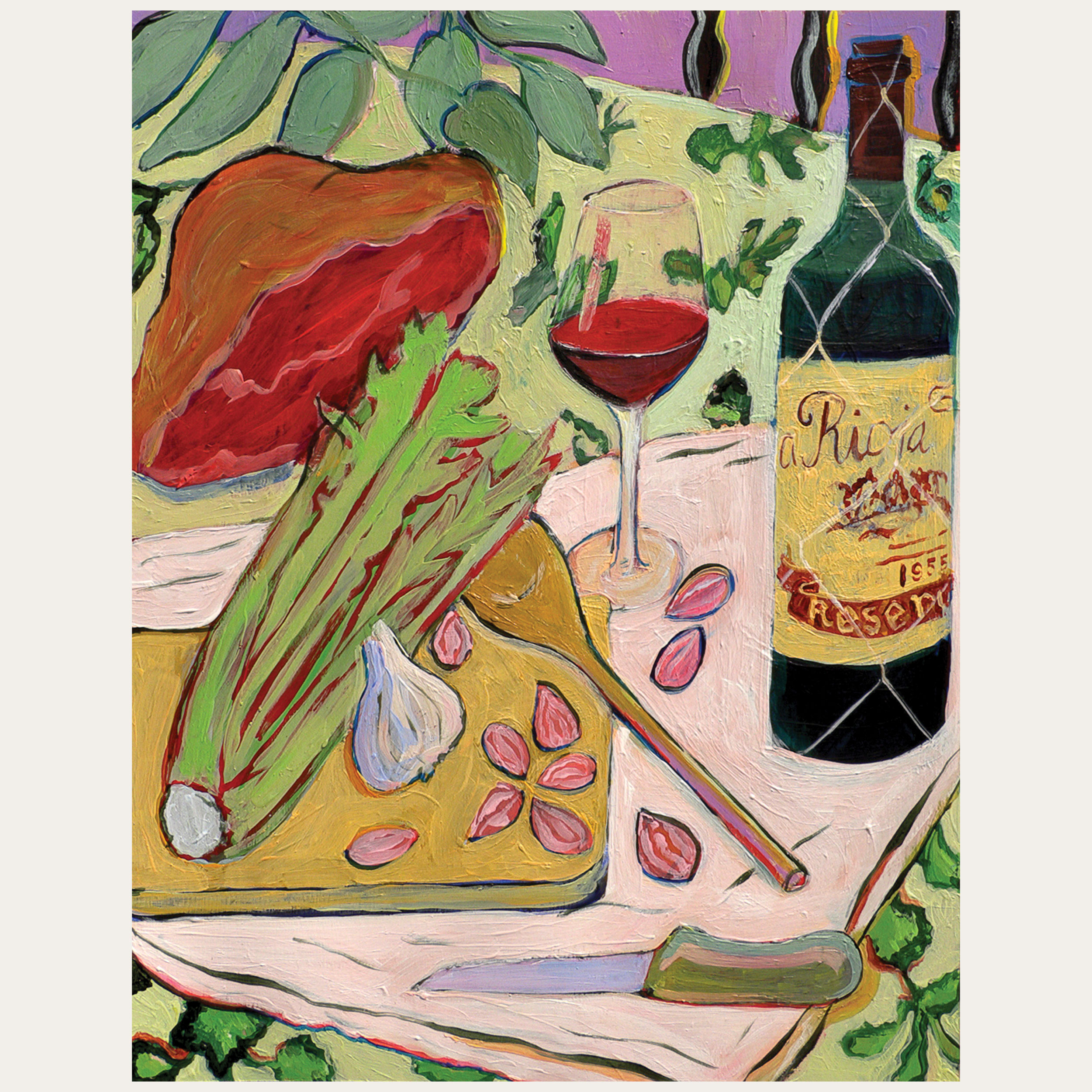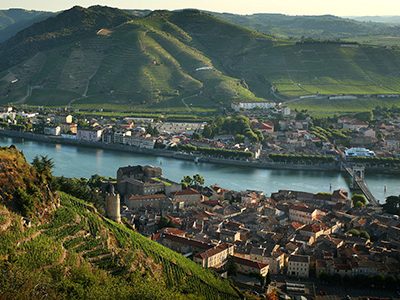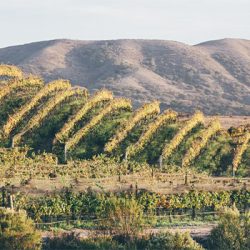“I used to be as beautiful as you are now!”
That was my grandma, “la yaya,” years ago, pointing a finger at my girlfriend, who looked to me for a translation, wondering about the words from that small woman with deep black eyes and a face as wrinkled as the porcelain of a reconstructed Japanese vase.
This past Christmas, now married and with a daughter in tow, we were back at that house in Spain, the house that still smells like Yaya. Luckily, my mom and her five sisters can fill the space left by our matriarch. They make the house come alive, louder than some Latin restaurant in the West Village on a Friday night.
Everything is in the same place as it was when Yaya was still alive, as it has been since I can remember. Besides the addition of framed pictures of new grandchildren, grandparents’ houses never change.
My picture from my first communion was still there to embarrass me, next to the one of my grandpa when he was young, laughing, holding a bottle of wine.
It wasn’t a bottle of my family’s wine, though we had made wine in this house for centuries—from our own vines and from our neighbors’. Then things got hard after the Civil War. There were a couple of bad vintages; there were the animals and people stealing grapes. My yayo (grandfather) decided to pull out 2,600 vines—parraleta, moristel, alcañón and a grape called cojón de gato (cat’s nuts)—local varieties from a time before Somontano was invaded by French vines.
After my yayo stopped making wine, a truck would come from Calatayud and deliver 1,000 liters once a year—a lot of wine for one family. It was garnacha, with enough alcohol to fend off the cold from the Pyrenees.
There was always a porrón filled with that wine on the table. And at the head, my yayo, hard as the land he was given to work. He had the bluest eyes I’d ever seen, his skin like leather, textured by the sun, from having worked the land his entire life. I’m sure today he could still beat the shit out of me.
He was usually the only one who would drink that wine from Calatayud without mixing it. Everyone else would add a splash of gasesosa, to up the sugar and lower the heat of the alcohol. As for the kids, we would get mostly soda with a splash of wine.
But for Christmas, the porrón was hidden. Rioja was in the house.
Bottles, labels, drawings, castles, crowns, colors, happy faces, uncles trying to show off by discussing vintages. I was, maybe, eight years old, when, on Christmas day, I put my hand over my glass to stop my aunt from adding soda to a tiny bit of Rioja, from a bottle dressed in golden mesh.
My aunt yelled at me, but I had seen the adults drinking their wine without mixing in soda, and I was not going to, either. Yayo was passing behind me and knuckled my head, not too strong, just enough to make my cousins laugh. But I knew it was a sign of approval.
Still, I rubbed my head, then started eating the cardo, a traditional dish from the north—in Navarra, Aragon and La Rioja—made with cardoons, the only vegetable that survives the cold temperatures. I would eat it quickly, trying not to hate it too much, so I was allowed to eat the almonds first and, after, the chunks of serrano ham.
This past Christmas, when my wife and I were actually enjoying the cardo, I thought it would be the best moment to bring out a surprise present for my yayo. I wanted to make up for having missed so many family reunions because of my job as a sommelier, and I brought him a bottle of La Rioja Alta 890 from 1955. It was the same wine he was holding in the framed picture on the wall.
When I handed him the wine, he touched the label more delicately than he touches my daughter Lola’s cheeks. He played with the golden mesh, looked at the color through the light, weighed the wine with his left hand and, with his right, he pulled out an initialed handkerchief to dry the tears that were coming on. Not many tears. No more than three or four.
He gave the bottle back to me. “Bébelo con tu mujer,” he said and, for the first time in history, the house was silent. Just as I began to wonder how I had managed to ruin this moment, he said, “Where you have been happy, you should not go back.”
Then he started to talk about the photograph. It was taken during my grandparents’ honeymoon. They had borrowed a car as well as a camera for a week and headed to Zarautz (close to Donostia); at the time, my yaya worked for a rich family who had paid for the trip. Yayo had gotten this out-of-his-budget bottle because he had helped a wine salesman whose car had broken down, giving him a lift from Logroño to Zaragoza.
Everybody enjoyed the story, some with tears, some with sweet smiles, as my yayo opened his heart as he had never done before.
When everybody left the house, I drank the 1955 Rioja with my wife, sitting in the same place where we had talked with my yaya on that last visit. Listening to the crickets and looking at my wife, I could see my grandma was right.
Do not expect any tasting notes.
Christmas Cardoons
My aunt provided this recipe, and she also finally explained to me why we have always eaten cardoons at the holidays. Besides the fact that it is one of the only vegetables that survives the winter in the north of Spain, religion also plays a part: Up until the mid 1960s, the Catholic Church decreed that you can eat only vegetables, eggs or fish before Christ is born. In Huesca, cardoons were our vegetable of choice, dressed up with a creamy sauce enriched with almonds and a little ham. (We were not very Catholic adding the ham. It is more traditional to serve the dish with only almonds.)
Ingredients
- 1.5 pounds cardoons
- 1 lemon, halved
- 4 ounces olive oil
- 1/2 large onion, peeled and diced
- 3 cloves garlic, peeled and finely chopped
- 4 ounces serrano ham, diced
- 4 ounces raw Marcona almonds, crushed
- 1 tablespoon flour
- 1 tablespoon chopped parsley
Instructions
- Fill a large bowl with cold water and add the juice of half a lemon. Set aside. Trim both ends of the cardoon stalks and remove all the leaves. Using a paring knife, shave the spiky edges off of each stalk and peel off the large ribs (as you would with celery); discard. Cut each stalk crosswise into 1- to 2-inch pieces and place them in the lemon water so that they won’t darken.
- Meanwhile, bring a large pot of water to a boil. Fill another large bowl with cold water and several ice cubes. When the water has come to a boil, drain the cardoon pieces and add them to the pot. Cook for 15 to 20 minutes, just until tender (they should still be a bit firm.) Turn off the heat, scoop out the cardoons with a strainer and put them directly into the ice water. Add the juice from the remaining lemon half and a pinch of salt. Reserve the cooking water.
- In a large pot over medium heat, add enough olive oil to coat the bottom. Add the onions and sauté until transparent. Add the garlic and sauté for a minute. Add the diced ham and cook until it begins to take on some color. Then add the crushed almonds, cooking them until fragrant and lightly toasted. Add the flour and cook, stirring frequently, for a couple of minutes. Little by little, add some of the cardoon cooking water—just enough to make a creamy sauce. When you’ve achieved the desired texture, drain the cardoons from the ice water and add them to the sauce. Cook them long enough to warm them through, then pour the mixture into a serving dish. Garnish with chopped parsley.
This story appears in the print issue
of December 2020.
Like what you read? Subscribe
today.


















